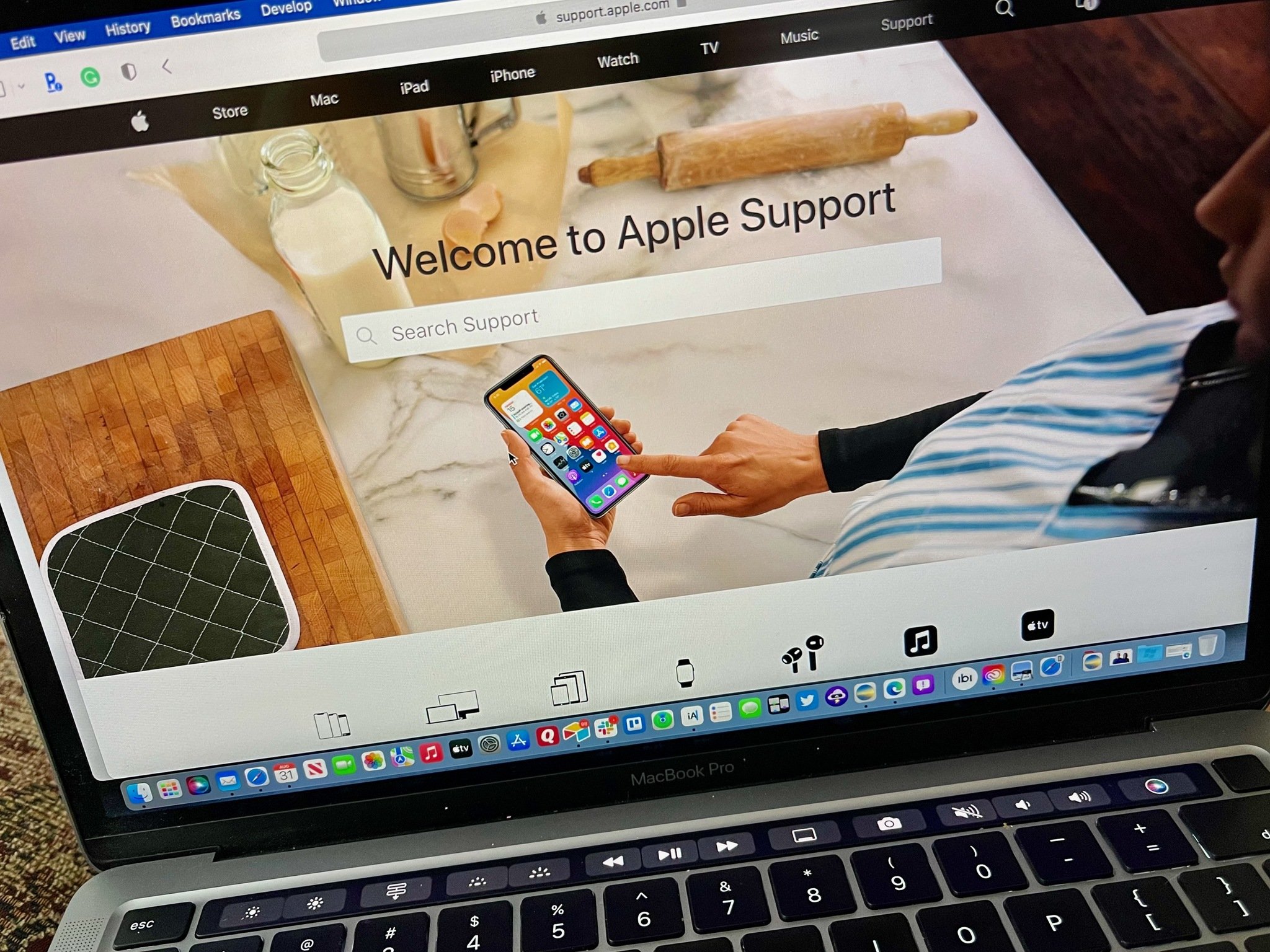Before calling Apple Support, follow these steps to resolve your issue.
If there's one word to describe Macs, it's durability. These computers are among the best-built machines around. In time, however, even the best Macs can experience a hardware issue that means your Mac needs repairing even the recently introduced 24-inch iMac.
Apple makes it very difficult for the average user to repair its devices. Therefore, when the time comes to replace a battery, hard drive, display, or something else best described as hardware, you're going to have to look for some assistance. What you do at the onset of a technical problem depends on your technical skills, the age of the computer, and whether the machine is under warranty.
Identify the problem
When your Mac needs repairing, it's important to know that a lot can go wrong with a computer, although some problems are easier to determine than others. Luckily, hardware issues are generally easier to decipher than those caused by software.
A broken Mac display, for example, is either cracked or doesn't work anymore, just like a non-functional hard drive means it's impossible to boot into macOS, or a MacBook Pro doesn't work within being attached to a power cord.
Whatever the issue, be sure to identify it properly before getting a third party involved. Especially during this never-ending pandemic when being face-to-face with a technician isn't guaranteed, it's important to take a deep breath, take stock in the issue at hand, then move forward.
Research
For hardware problems that are a bit more difficult to describe, it's best to hop on the web (if you can) and see if others have experienced the same issue. It's been my experience that hardware problems more in a gray area are, in fact, software problems with a software solution. Even if you aren't comfortable implementing the software solution in these scenarios, you can take this information to others to resolve the issue.
A good place to start is through the Apple Support forums where you can communicate with experts. If you're in a hurry, it's worth your time to do a Google Search as well.
How old is the machine?
Macs are intended to last a long time. Eventually, however, they're no longer current but rather vintage or obsolete. These official Apple distinctions don't mean much when the computer works. In fact, there's much value in older Macs. And yet, if your computer is hurting, knowing whether it's obsolete or vintage can prove significant.
Vintage Apple products are those machines that the company stopped distributing for sale more than five and less than seven years ago. These devices no longer receive routine software updates, and there's no guarantee Apple or an authorized service provider can them went broken.
Obsolete Apple products, by contrast, haven't been sold for over seven years. As a result, these machines no longer receive repairs or system updates. Further, service providers cannot order parts for obsolete products.
There are some exceptions, however. For example, some Mac notebooks are eligible for an additional battery-only repair period.
Apple provides a current list of vintage and obsolete products on its website.
What does this mean? If you're experiencing significant problems with a vintage machine, there may be no fix available. On the other hand, if it's obsolete, your situation is probably much more problematic, and you should consider making a new purchase.
Is your machine under warranty?
Let's assume your computer is newer than five years, which means there's a fix available. The next question to ask yourself is whether it's under warranty. When you purchase a new Apple product, it comes with a limited AppleCare warranty that covers hardware failures and manufacturing defects.
For a limited time after purchase, you can extend the warranty with AppleCare+. For this, your Mac is covered for three years from the time of purchase.
You can also check the warranty status of your computer using the official Apple Support app.
To take advantage of warranty service, you'll need to contact Apple or an Apple-authorized service provider. If your product is under five years old, but it's no longer covered by AppleCare or AppleCare+, we still recommend sticking with at least an authorized service provider. You'll pay out of pocket, but at least you'll have some satisfaction in knowing that any replacement parts are genuine.
Contact Apple
Once you understand the hardware problem your Mac is experiencing and checked to see if the machine was covered under warranty, it's time to contact Apple Support. You can do so online or by phone. If your computer is obsolete, it's still wise to contact Apple. Apple Support personnel are trained to assist anyone with an Apple product. At the minimum, they can point you in the right direction even if they can no longer provide service.
Questions?
If you have any questions or concerns about getting your Mac fixed, let us know in the comments below.

No comments:
Post a Comment